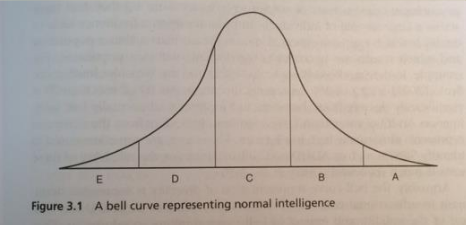03/11/16
Lead lecture: Pupil Premium and children at risk of under achieving
The pupil premium is additional funding for publicly funded schools in England to raise the attainment of disadvantaged pupils of all abilities and to close the gaps between them and their peers.
This lecture explored the uses of pupil premium and how different reports state the best way to spend the premium.
Free school meals.
The School Plan.
- Children in receipt of Free School Meals £1,320(primary)
- Children in receipt of Free School Meals £935(secondary)
- Children who are looked after*£1,900
- Children of service families £300
This lecture has taught me more about pupil premium and what it is. Beforehand I didn’t realise the input teachers had in how the pupil premium is spent (I initially thought it was mainly down to head teacher, governors and council.) I have also learnt that schools have to publish a report outlining how pupil premium is being spent and its impact.
I have also discovered how the premium can support disadvantaged children including children from poor families.
I aim to search for any reports regarding pupil premium published by my future placement schools, in order to discover how they utilise this funding to support their pupils.
03/11/16 -Seminar: Removing barriers to Inclusion.
The label of special education causes debate:
- Special-euphemism for ‘problem’
- Needs-implying ‘neediness
^This is something I had not considered before.
Normative model of difference:

Trussler and Robinson (2015:49)
The norm is in the centre of this diagram (c) while E and A are the two polar extremes.
Challenges with this model:
- Children become labelled as abnormal or deviant
- Separated marginalised and perceived as different
- Promotes a fixed model of ability (I think this is important as children can begin at E or A however are fully able to progress and improve) which can limit teachers-limit progress.
I think this model should be used as a progression model by which children start from a particular starting point, with each children’s starting point being different and specific to them, and then they progress through learning at their own rate. Teachers should have the understanding that children’s attainment isn’t fixed and that progression is achievable for all children and should be promoted and encouraged.
Inclusion:
removing barriers, making reasonable adjustment and then adjusting practice to meet the needs of ALL children.
I found the short clips from the DVD we watched incredibly enlightening. A lot of the children’s situations that we observed I hadn’t even contemplated and I now feel a bit more open minded as to the types of children that I may encounter and how I can support them as their teacher. I also found it interesting how differentiation’s for children with particular ‘needs’ can actually have positive effects for the other pupils in the class. For example visual timetables are often used for children with autism, however many other children find this beneficial.